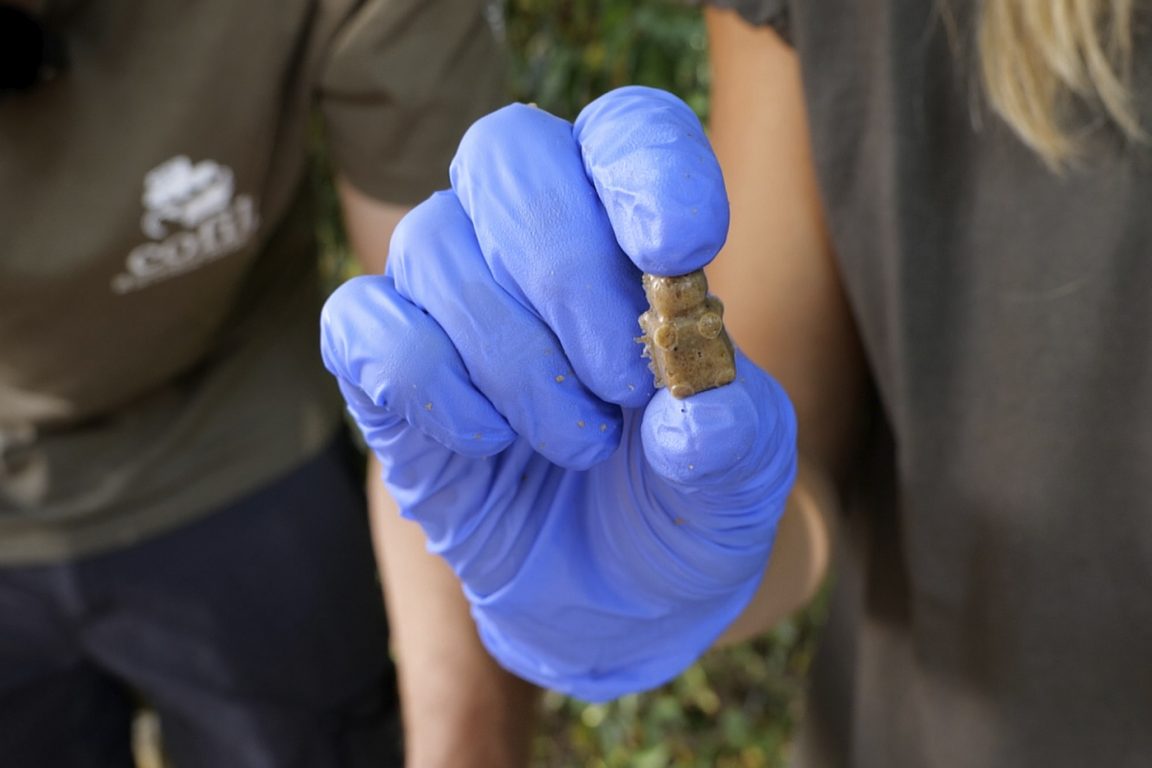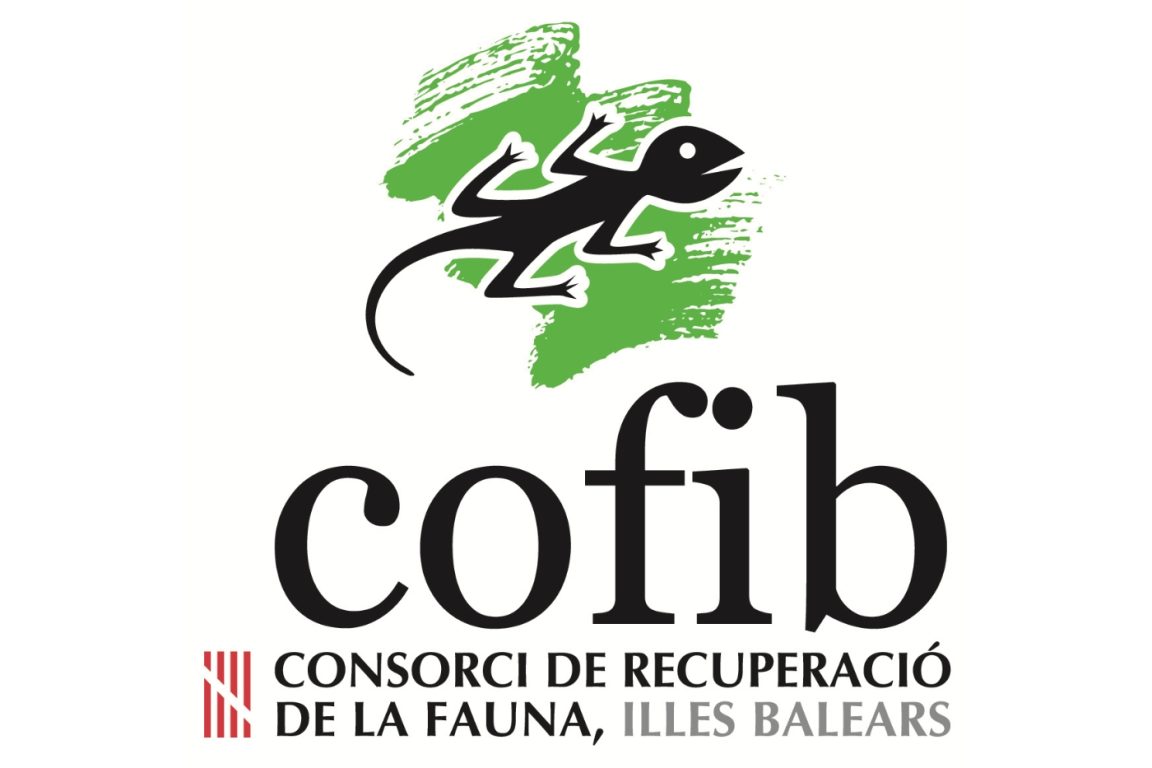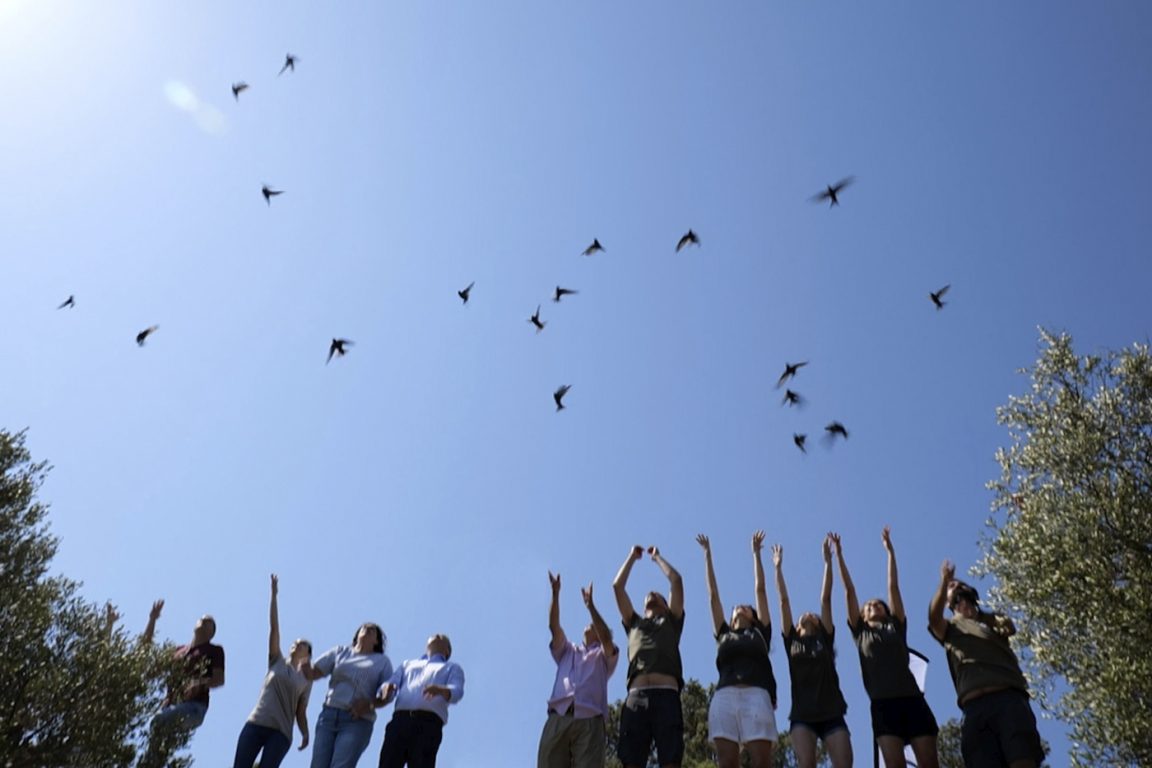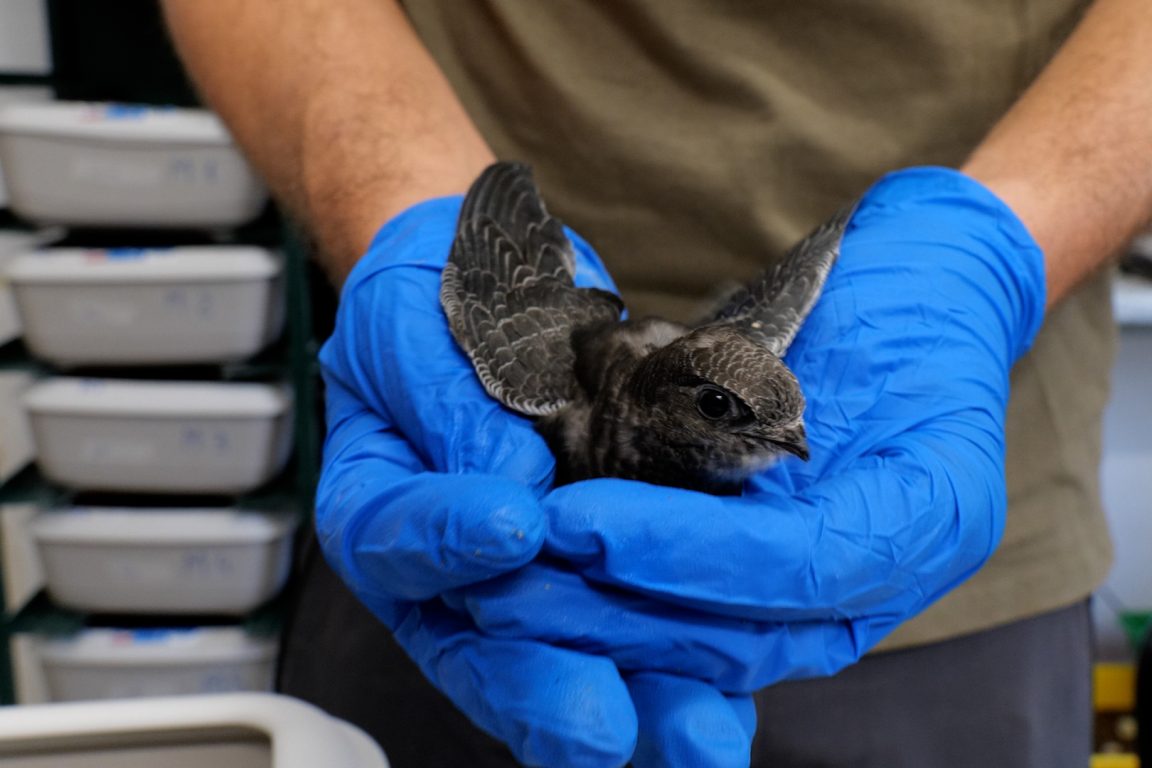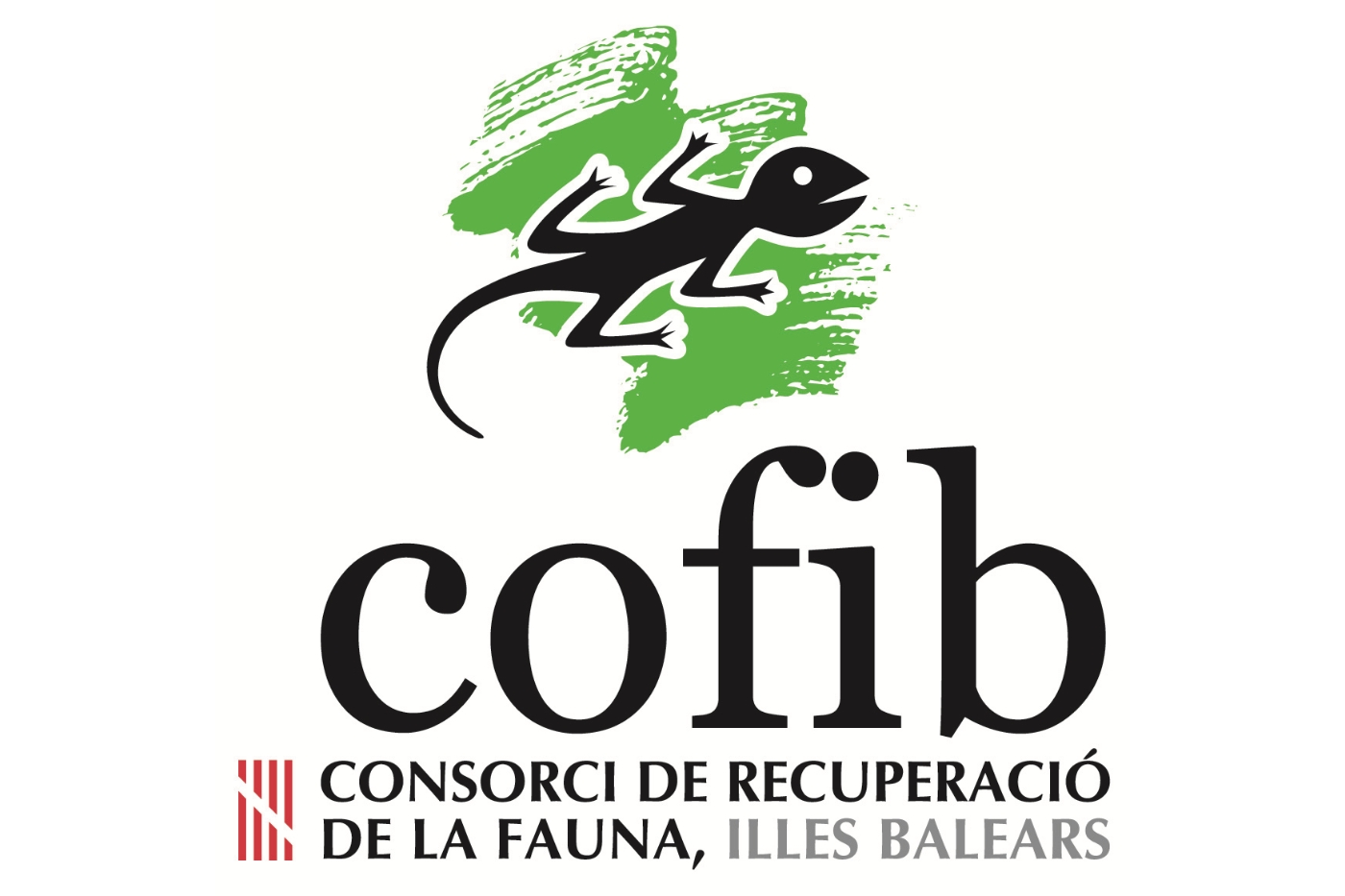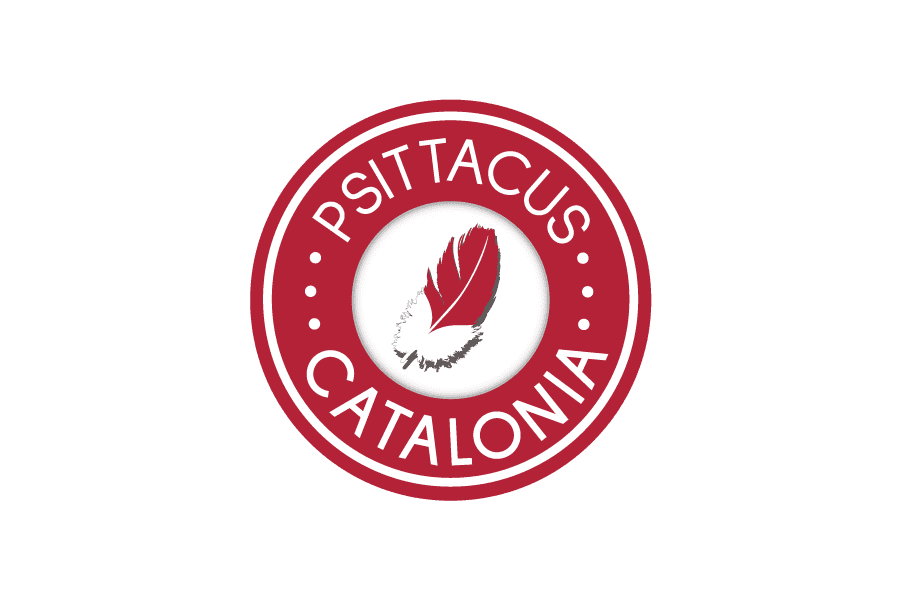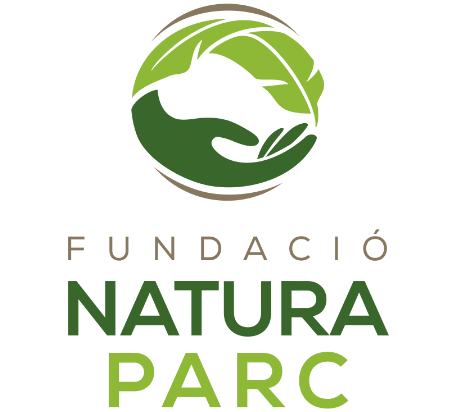PROYECTO
APUS APUS
Desarrollo de un protocolo para la cría manual de pollos de vencejo común, en base al suministro de un alimento completo en formato de gel
ÁMBITO DEL PROYECTO: Medioambiental y de conservación
ENTIDADES COLABORADORAS
LUGAR DE REALIZACIÓN DEL
PROYECTO
PROYECTO
PROPUESTA
Febrero de 2022
Febrero de 2022
Centre de Recuperació de Fauna Silvestre
del COFIB Mallorca
del COFIB Mallorca
PUBLICACIÓN
(pendiente)
(pendiente)
LUGAR DE REALIZACIÓN DEL PROYECTO
Centre de Recuperació de Fauna Silvestre
del COFIB Mallorca
del COFIB Mallorca
PROPUESTA
Febrero de 2022
Febrero de 2022
PUBLICACIÓN
(pendiente)
(pendiente)
ESTADO DEL PROYECTO
ESTADO DEL PROYECTO
1
Propuesta a confirmar
2
Análisis preliminares
3
Planificación y diseño
4
Realización
5
Análisis e interpretación de resultados
6
Publicación de resultados
1
Propuesta a confirmar
2
Análisis preliminares
3
Planificación y diseño
4
Realización
5
Análisis e interpretación de resultados
6
Publicación de resultados
ANTECEDENTES
Cada año de forma reiterada, miles de polluelos y volantones de vencejo común llegan a los Centros de Recuperación de Fauna europeos gracias a la colaboración ciudadana. Esto sucede en períodos muy concretos de tiempo, colapsando temporalmente sus instalaciones y a su equipo humano.
La fuerte estacionalidad de este suceso viene marcada por la época de cría de los vencejos. Los polluelos y los volantones saltan prematuramente de sus nidos intentando sobrevivir al calor asfixiante que se genera en estas cavidades.
Esta situación se ha incrementado exponencialmente en los últimos años debido a las olas de calor estival cada vez más intensas, por lo que multitud de voluntarios deben incorporarse temporalmente para dar soporte a la labor de dar atención a estos animales. A esto se le debe añadir la complicación que supone alimentar a las crías hasta ocho veces al día (dependiendo de su edad y del protocolo implementado en cada centro), a base de insectos vivos o recién muertos, complementados con los imprescindibles suplementos nutricionales que permiten balancear la composición nutricional de los mismos.
Esta situación se ha incrementado exponencialmente en los últimos años debido a las olas de calor estival cada vez más intensas, por lo que multitud de voluntarios deben incorporarse temporalmente para dar soporte a la labor de dar atención a estos animales. A esto se le debe añadir la complicación que supone alimentar a las crías hasta ocho veces al día (dependiendo de su edad y del protocolo implementado en cada centro), a base de insectos vivos o recién muertos, complementados con los imprescindibles suplementos nutricionales que permiten balancear la composición nutricional de los mismos.
OBJETIVOS
Este proyecto pretende definir y confirmar la idoneidad de un nuevo protocolo de cría manual de vencejo común basado en la alimentación mediante el suministro de un único producto: un pienso completo en formato de gel. Este nuevo protocolo deberá ser más eficaz y eficiente que los protocolos estándares actuales basados en la alimentación a partir de insecto vivo y complementos nutricionales.
RESULTADOS ESPERADOS
- Simplificación del proceso de obtención y el manejo de los productos de alimentación
- Reducción del tiempo destinado a la alimentación
- Reducción del coste de los alimentos
- Aumento del porcentaje de individuos liberados
- Aumento de la calidad de los ejemplares liberados
PLANTEAMIENTO
El nuevo protocolo a definir, tiene como eje fundamental el suministro de un alimento completo (Insect Replacer Gel) con una base de harina de insecto, que se suministra en formato de gel y que ha sido desarrollado específicamente para esta finalidad por el equipo de I+D+i de la empresa Psittacus Catalonia SL, a instancias de la Fundación Psittacus y la entidad colaboradora Fundació Natura Parc.
Para la realización de este estudio, se seleccionó un grupo de 50 de ejemplares de vencejo común (Apus apus) entre los primeros recepcionados por el centro. La totalidad de los vencejos recibidos en el centro fueron inspeccionados físicamente (revisión veterinaria) por el equipo veterinario del COFIB, tanto a la entrada como a la salida del centro (liberación). Por otra parte, los biólogos del centro, identificaron a las aves con anillas, determinaron su condición física y les tomaron las medidas de longitud de alas y peso. En adelante y hasta el final del proyecto, este mismo equipo de biólogos se responsabilizó de alimentar a las aves 4 veces al día, suministrándoles el gel preparado a partir del pienso completo. Para evaluar el efecto de este protocolo de alimentación, se realizó el seguimiento del grupo de 50 ejemplares, monitorizándose periódicamente su peso, longitud de alas, consumo de alimento, calidad de las heces, desarrollo y calidad de plumaje y conducta alimentaria; desde su entrada en el centro hasta el momento de su liberación.
Para la realización de este estudio, se seleccionó un grupo de 50 de ejemplares de vencejo común (Apus apus) entre los primeros recepcionados por el centro. La totalidad de los vencejos recibidos en el centro fueron inspeccionados físicamente (revisión veterinaria) por el equipo veterinario del COFIB, tanto a la entrada como a la salida del centro (liberación). Por otra parte, los biólogos del centro, identificaron a las aves con anillas, determinaron su condición física y les tomaron las medidas de longitud de alas y peso. En adelante y hasta el final del proyecto, este mismo equipo de biólogos se responsabilizó de alimentar a las aves 4 veces al día, suministrándoles el gel preparado a partir del pienso completo. Para evaluar el efecto de este protocolo de alimentación, se realizó el seguimiento del grupo de 50 ejemplares, monitorizándose periódicamente su peso, longitud de alas, consumo de alimento, calidad de las heces, desarrollo y calidad de plumaje y conducta alimentaria; desde su entrada en el centro hasta el momento de su liberación.
VALORACIÓN GENERAL
Se cumplieron con creces todos los objetivos planteados; tanto en el ámbito zootécnico, como en el de conservación, como en el económico. La aplicación de este nuevo concepto de alimento supone un antes y un después en la forma de plantear el reto que supone la atención de los centenares de vencejos que se recepcionan cada año en los centros de recuperación de fauna. Esperamos poder publicar en breve un informe detallado de todo el proyecto.
RESULTADOS OBTENIDOS
-
Simplificación de la obtención y el manejo de los productos de alimentaciónLa naturaleza y formato del producto (gel reconstituible a partir de polvo) simplifican y/o mejoran directamente procesos como el transporte, las condiciones de almacenaje, la vida útil del producto, el espacio requerido y las instalaciones necesarias para el mantenimiento y la preparación de los productos de alimentación. Es destacable la facilidad de preparación y manipulación del producto, hecho que permite reducir significativamente tanto el tiempo como los recursos invertidos en la preparación del alimento a suministrar.
-
Reducción del tiempo destinado a la alimentaciónLa utilización de un único producto que puede prepararse para ser utilizado directamente o para su conservación y uso posterior, junto con la facilidad de manipulación y la versatilidad de forma y tamaño que puede adoptar el producto final, permiten optimizar el procedimiento de alimentación manual de los animales. Esto puede llegar a implicar reducciones de hasta un 50% del tiempo invertido en cada toma.
-
Reducción del coste de los alimentosEn este protocolo, el coste de los alimentos deriva exclusivamente del coste del pienso completo, ya que éste no necesita suplementación. Si a ello le añadimos que su coste sobre materia seca es significativamente inferior al del alimento vivo, se constata que el uso del pienso comporta una reducción conjunta del coste de hasta un 60 % respecto a los protocolos convencionales basados en insecto vivo y suplementos nutricionales.
-
Aumento del porcentaje de individuos liberadosLa mayor calidad higiénico-sanitaria y nutricional del pienso completo en formato gel, su facilidad a la hora de embuchar y manipular, tanto el producto como las aves, así como la mejora en las tasas de crecimiento, permiten una reducción de las incidencias sanitarias y de la mortalidad asociada. Además, la simplificación de procesos y el ahorro de tiempo que supone, permiten incrementar la disponibilidad de tiempo disponible para el cuidado de las aves. Todo ello en conjunto resulta en un incremento del porcentaje de liberación de individuos.
-
Aumento de la calidad de los ejemplares liberadosLa aplicación del protocolo de alimentación basado en el pienso completo en formato gel, ha mostrado una tendencia a mejorar el crecimiento, el desarrollo y el peso previo a la liberación, así como la mejora del tránsito digestivo, la calidad de las heces y la calidad del plumaje de los individuos, respecto a dietas previamente aplicadas por el centro.
